Papua New Guinea travel tips
Papua New Guinea travel tips: In the Pacific, boasts diverse cultures, tropical rainforests, vibrant traditions, and unique tribal communities amidst stunning landscapes.
Provinces 🌎
Papua New Guinea travel tips. Here is a list of all the provinces of the Papua New Guinea.
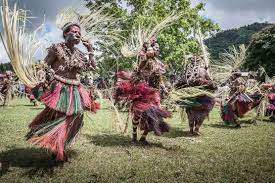
East Sepik
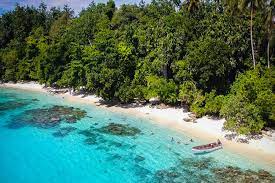
Madang
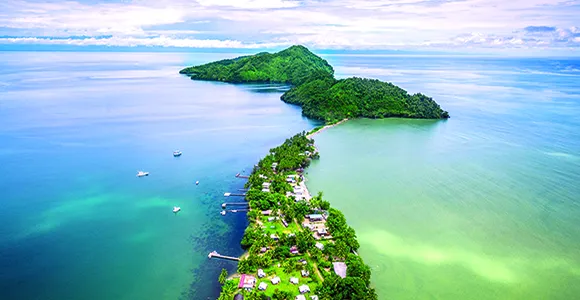
Morobe
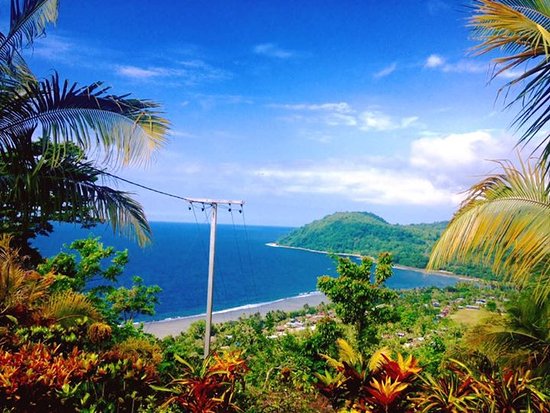
Sandaun
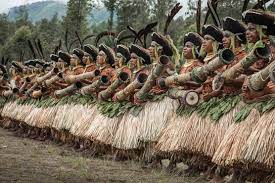
Enga
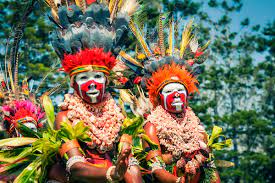
West Highland
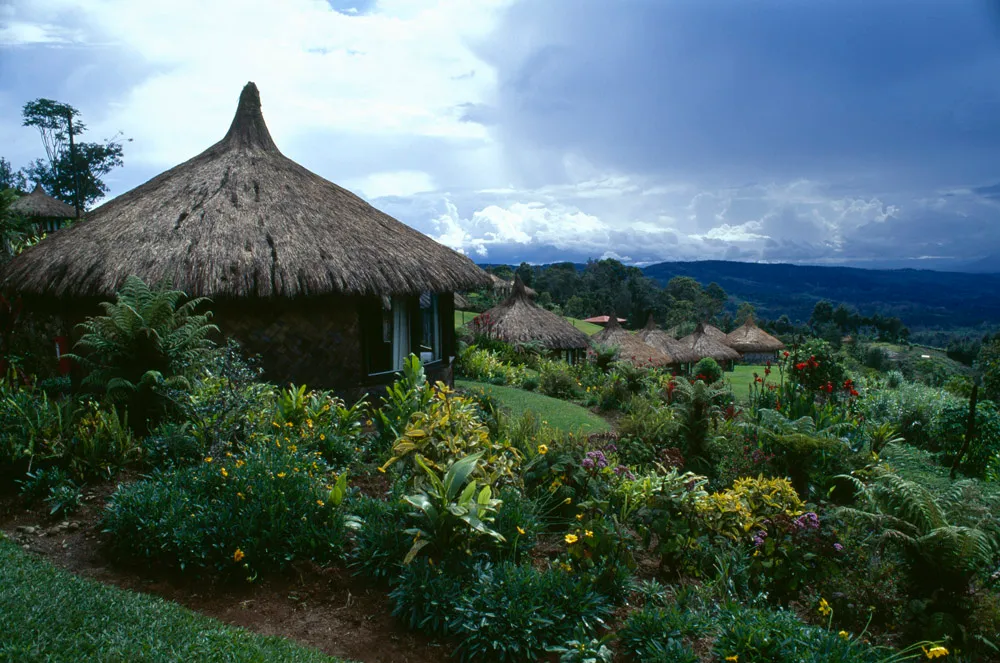
East Highland
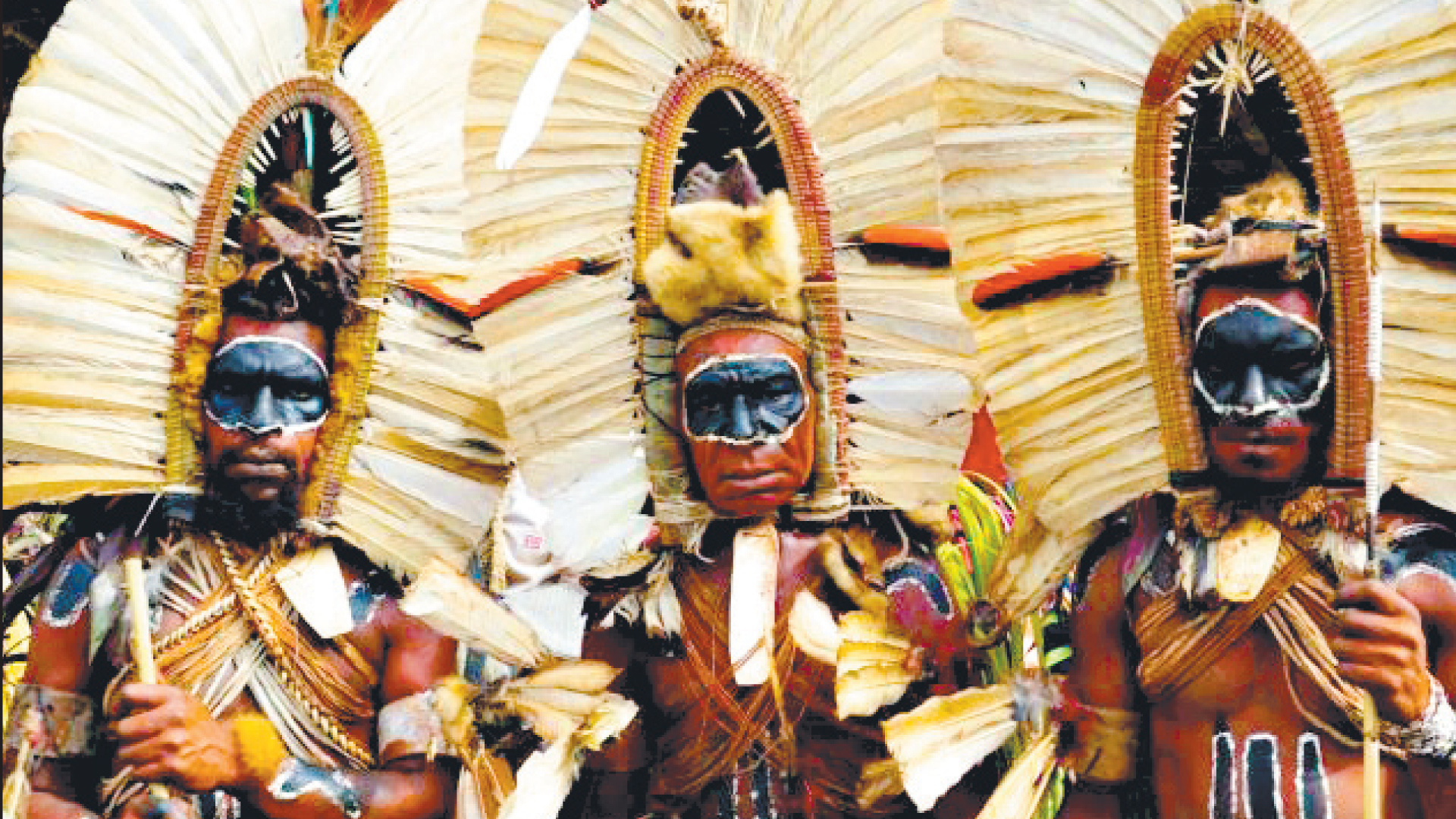
Southern Highlands
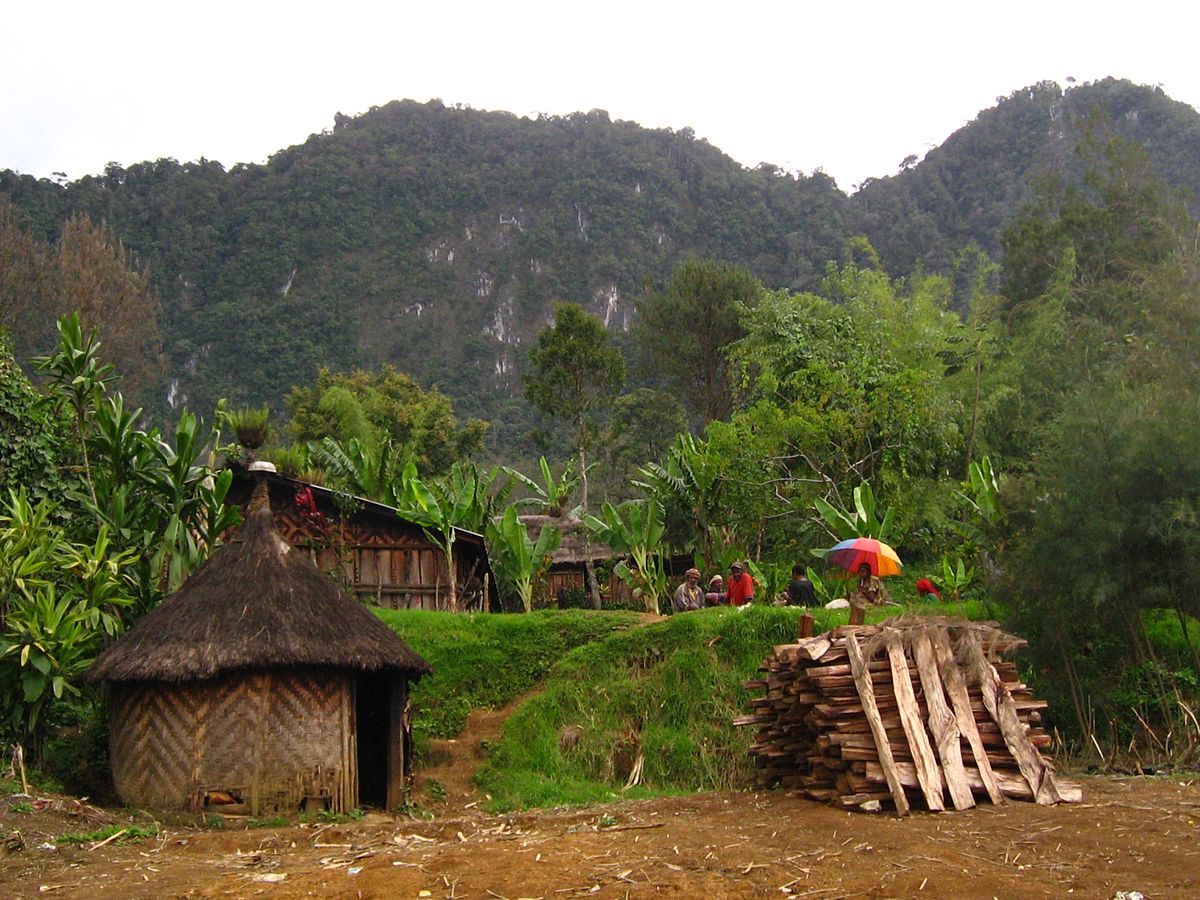
Chimbu
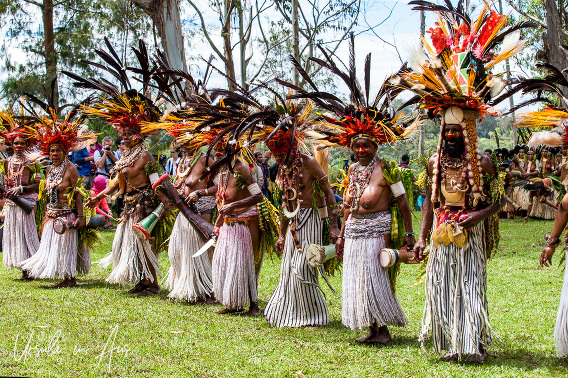
Jiwaka – Simbu
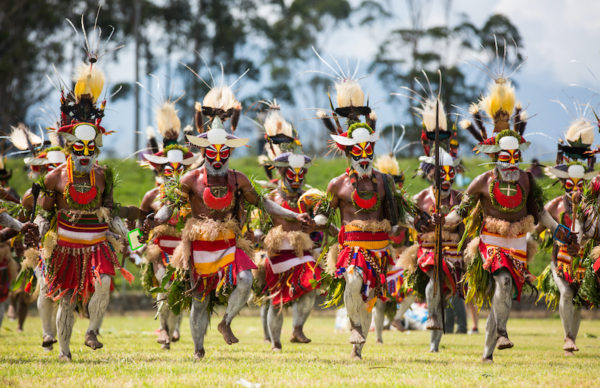
Hela
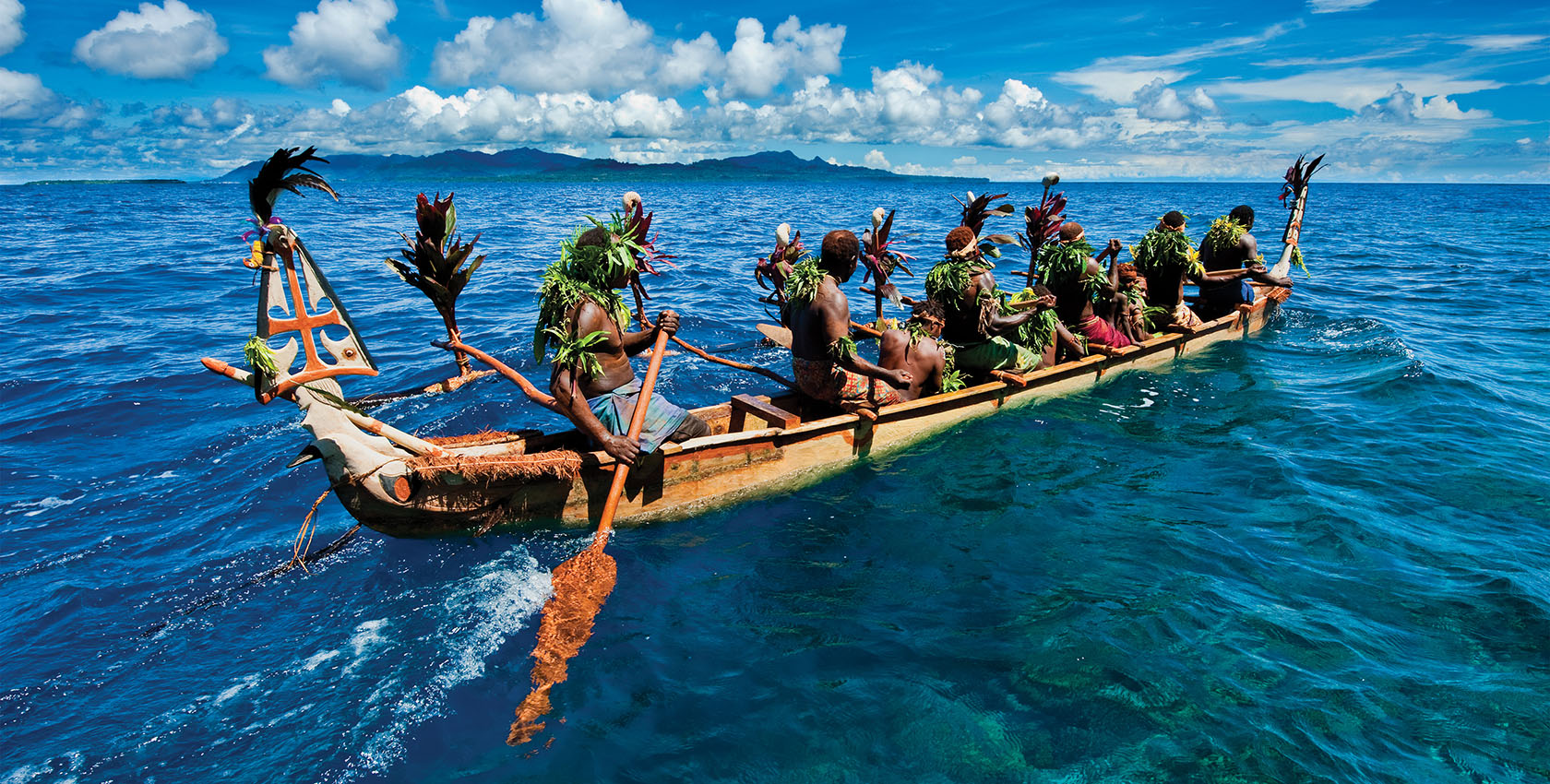
New Ireland
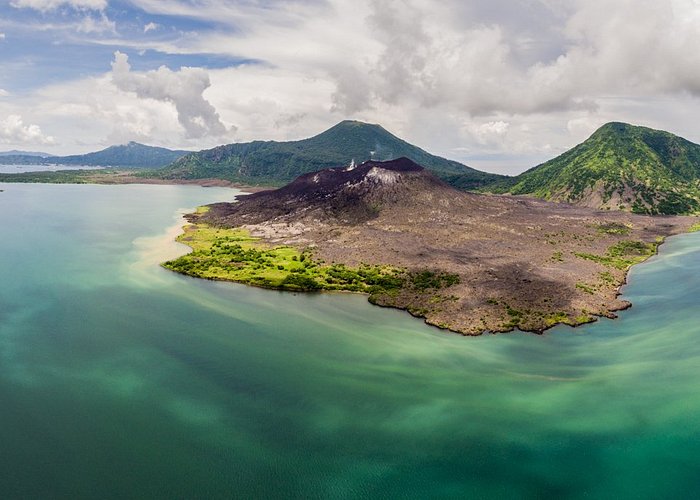
East New Britain
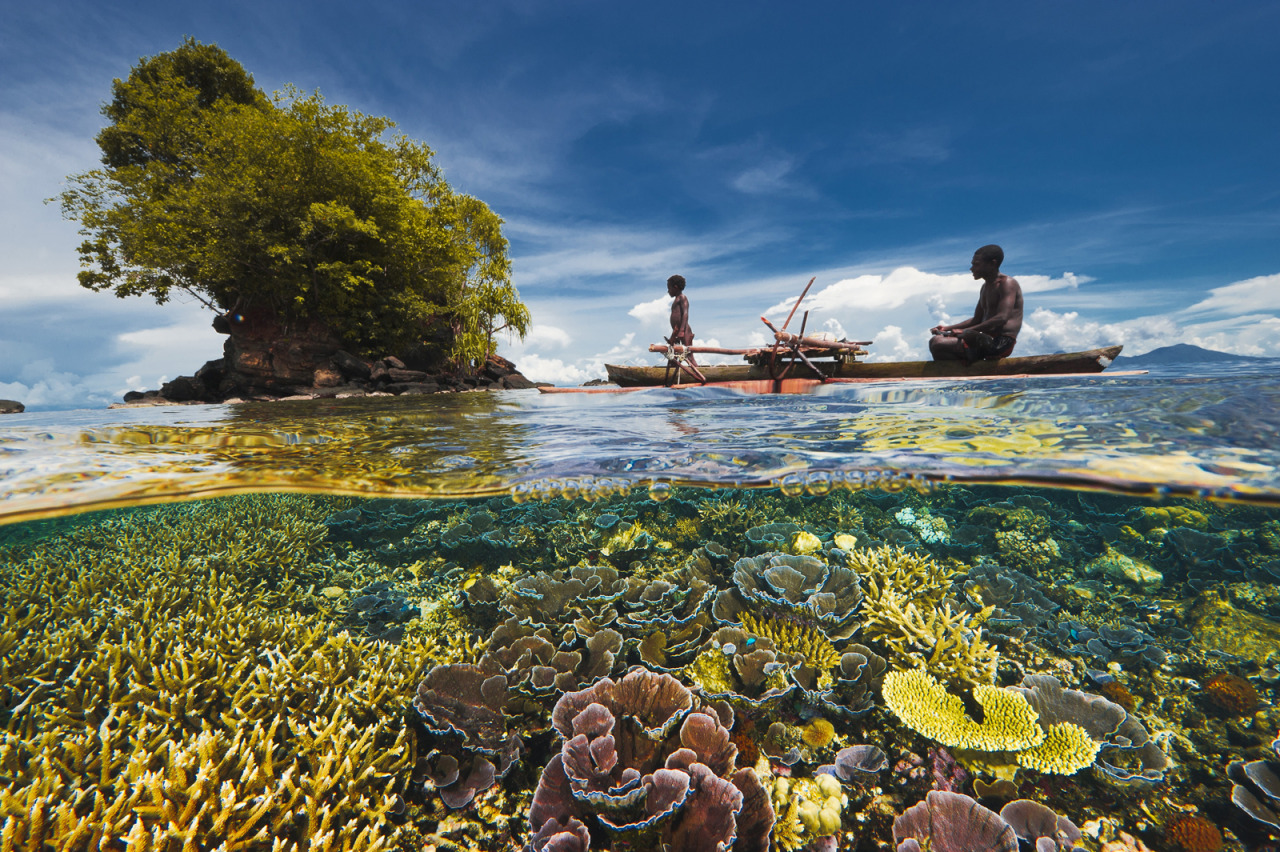
West New Britain
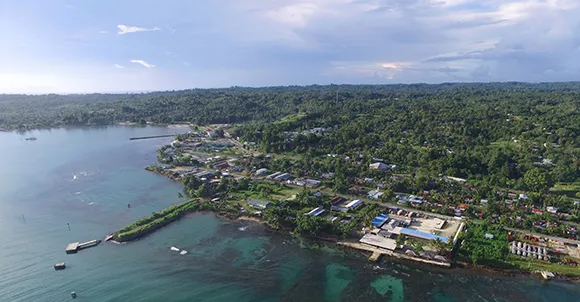
Manus

Bougainville
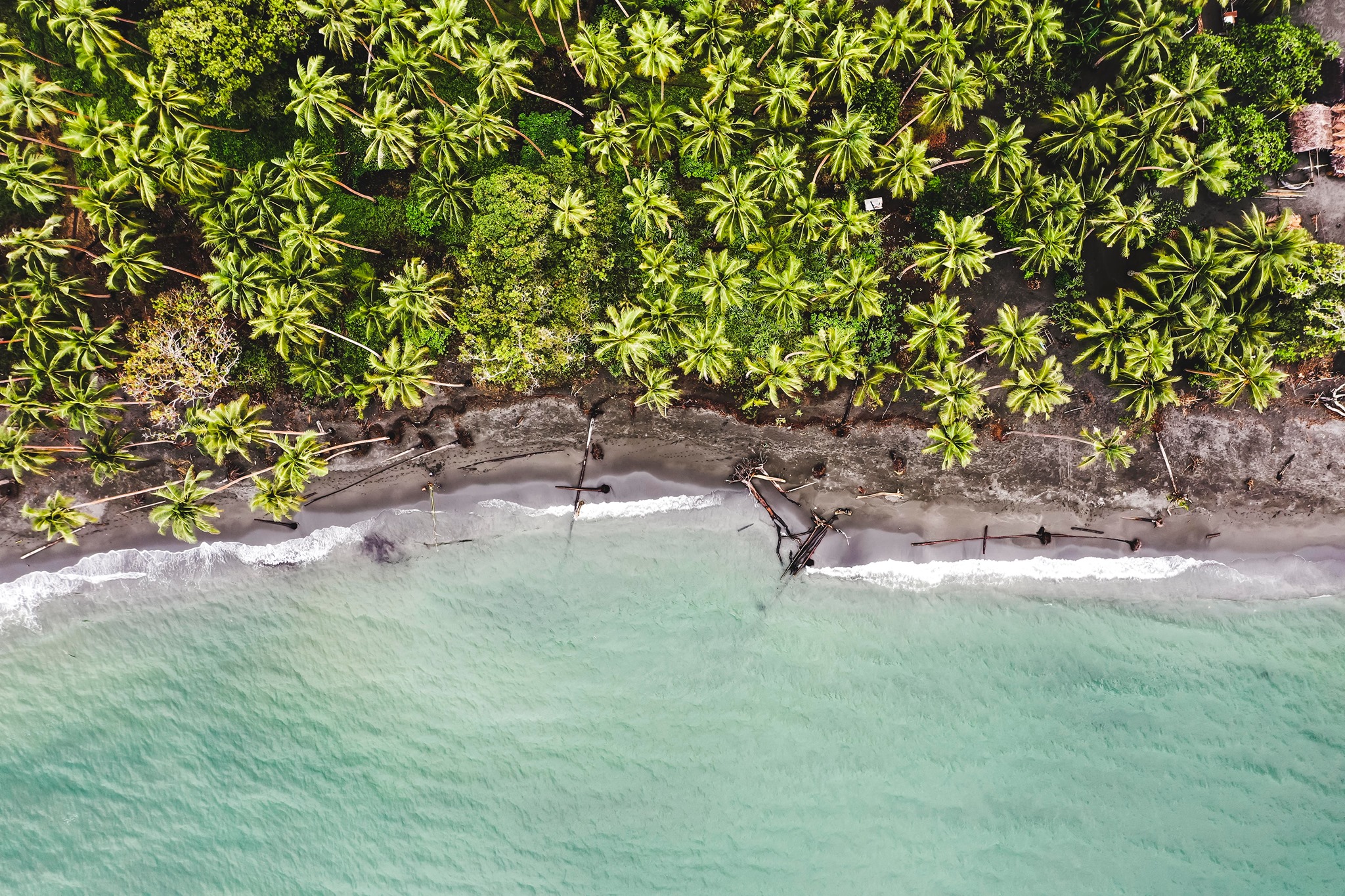
Gulf
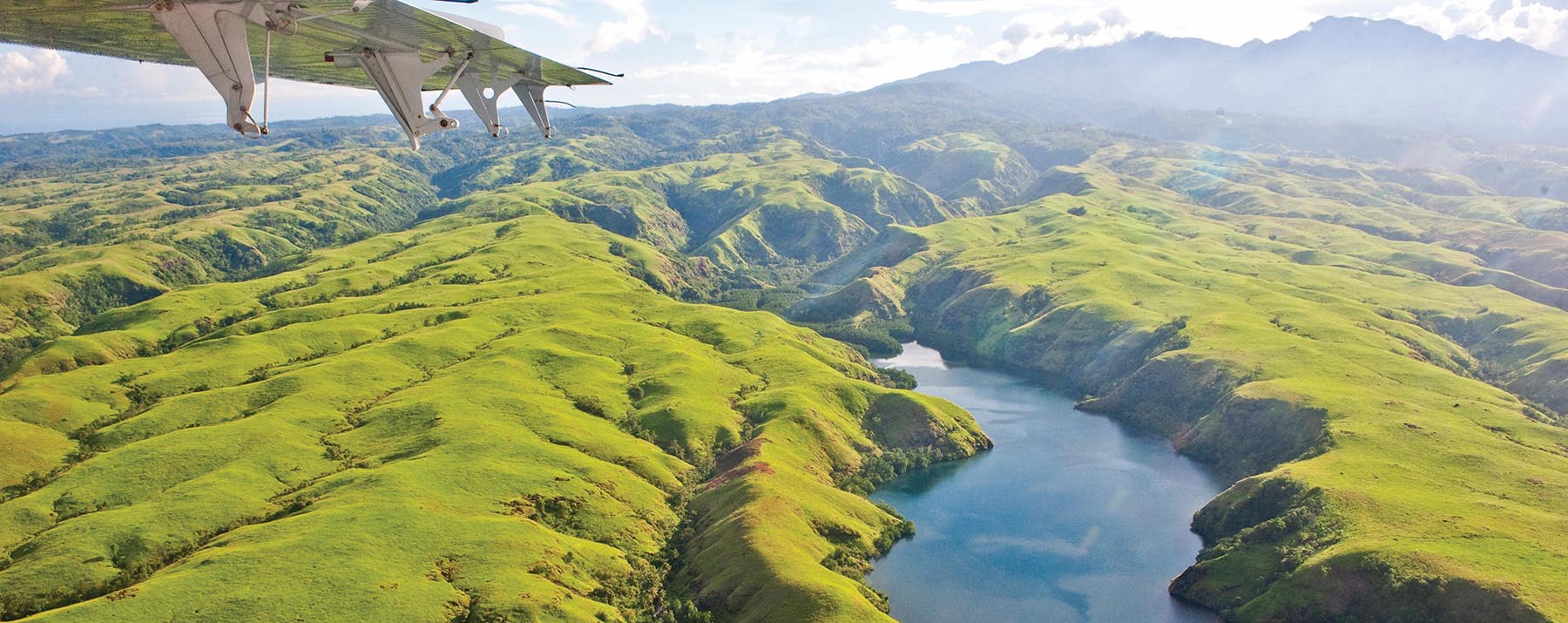
Oro
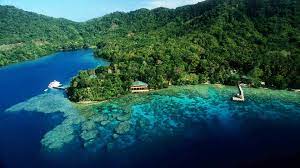
Milne Bay
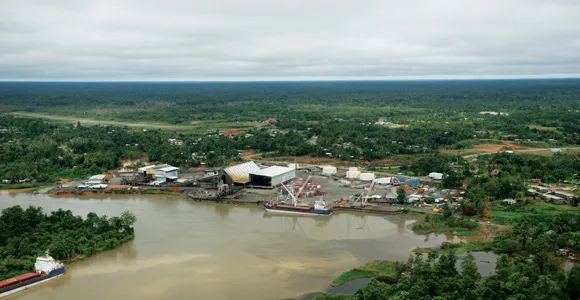
Western
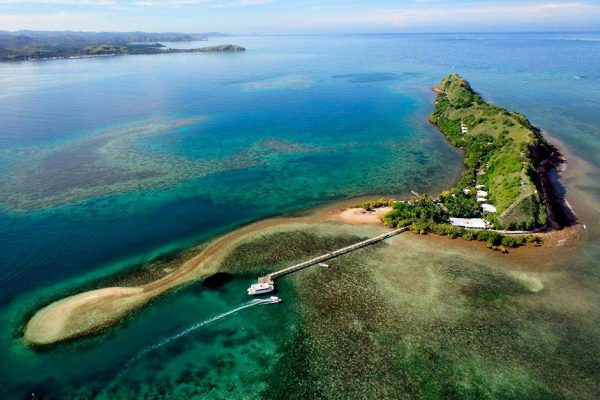
Central
Before you go 🛩
Important information you should know before your trip
Info
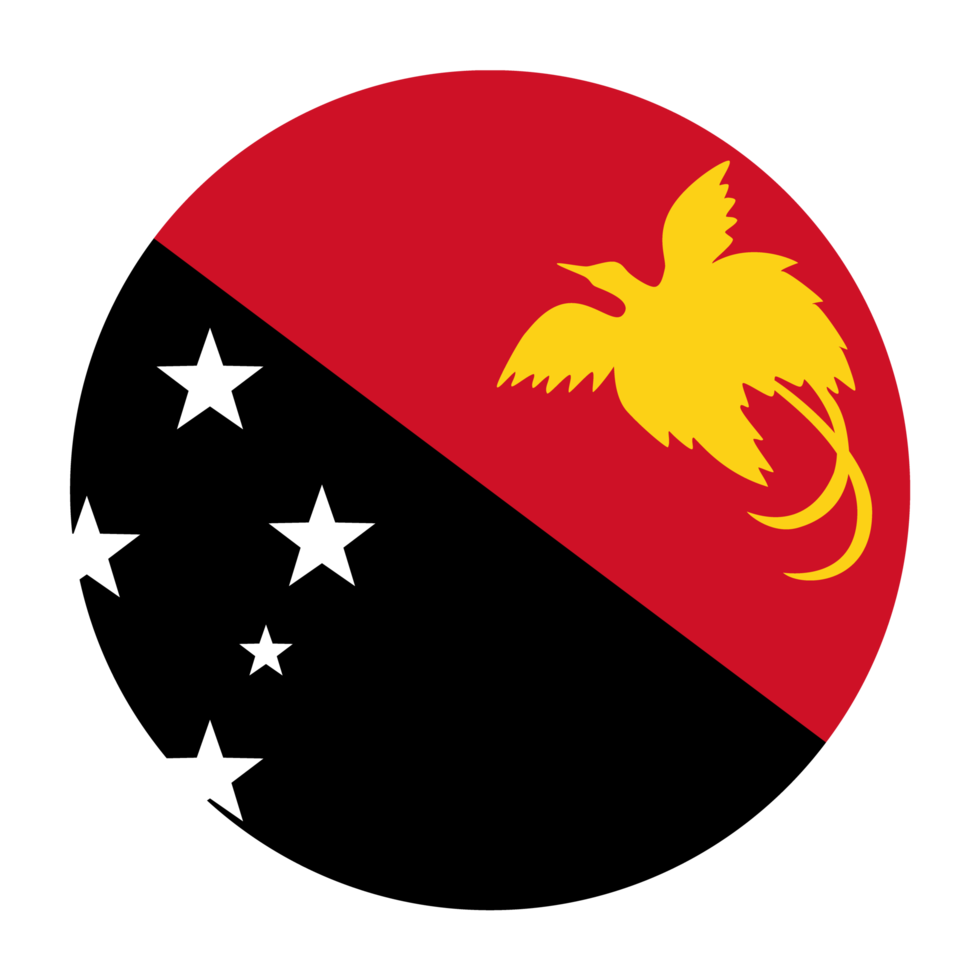
Capital | Port Moresby
Flag Codes:
ISO alpha-2 PG,
ISO alpha-3 PNG
Currency
Badge | Kina
CODE | PGK
NUMBER | 598
SYMBOL | K
FRACTION | toea
Mobile Coverage
Dialing Code | +675
SIM Card
Coverage | 3G / 4G / 5G |
Mobile Networks | Bmobile | Digicel Mobile | Telikom Mobile |
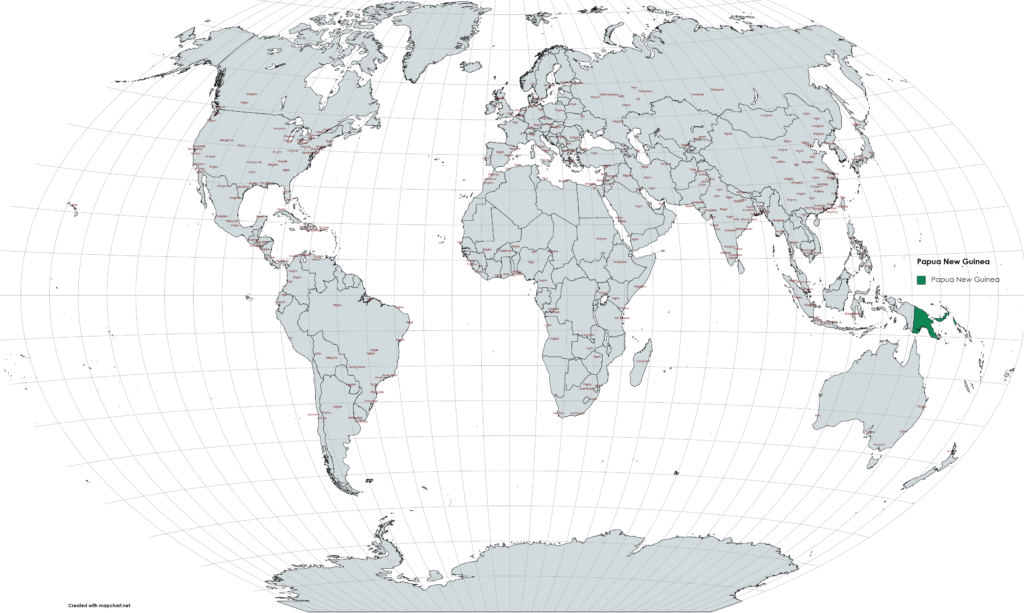
Location
Papua New Guinea is a country located in the southwestern Pacific Ocean. It occupies the eastern half of the island of New Guinea, the second-largest island in the world, as well as numerous smaller islands and archipelagos in the region. The country shares its western border with Indonesia, which occupies the western half of New Guinea.
Geographically, Papua New Guinea is situated in the southwestern Pacific, between latitudes 1°S and 12°S and longitudes 141°E and 157°E. It is part of the continent of Oceania and is located in the region known as Melanesia. The country is surrounded by the Coral Sea to the southeast, the Solomon Sea to the south, and the Bismarck Sea to the northeast.
Papua New Guinea has a diverse geography, including mountainous terrain, dense rainforests, coastal plains, and numerous rivers and streams. The central highlands of Papua New Guinea are home to rugged mountain ranges, including the Owen Stanley Range. Mount Wilhelm, the highest peak in the country, stands at an elevation of 4,509 meters (14,793 feet).
Currency
The currency of Papua New Guinea is the Papua New Guinean Kina (PGK).
The kina is the official currency of the country and is subdivided into 100 toea.
The currency is abbreviated as “K” or “PGK” and is represented by the symbol “K”.
Banknotes are available in denominations of 2, 5, 10, 20, 50, and 100 kina, while coins are available in denominations of 5, 10, 20, and 50 toea, as well as 1 and 2 kina.
Languages
Papua New Guinea is a linguistically diverse country with over 800 languages spoken. The country recognizes three official languages: English, Tok Pisin, and Hiri Motu.
English: English is used as the language of government, education, and business in Papua New Guinea. It is taught in schools and is widely understood by a significant portion of the population, particularly in urban areas.
Tok Pisin: Tok Pisin, also known as New Guinea Pidgin, is an English-based creole language widely spoken and understood across Papua New Guinea. It developed as a lingua franca for communication among people with different native languages. Tok Pisin has a simplified grammar and vocabulary derived from English, along with influences from various indigenous languages.
Hiri Motu: Hiri Motu, formerly known as Police Motu, is another creole language spoken in Papua New Guinea. It originated in the region around Port Moresby, the capital city. Hiri Motu has influences from Austronesian languages and has been used historically as a trade language in the area.
Climate 🌡
Papua New Guinea has a tropical climate, characterized by high temperatures and humidity throughout the year. However, due to the country’s diverse geography and varying elevations, there are regional variations in climate. Here are some general features of the climate in Papua New Guinea:
Wet and Dry Seasons: Papua New Guinea experiences distinct wet and dry seasons. The wet season typically runs from December to March, while the dry season spans from May to October. During the wet season, the country receives heavy rainfall, with the northern and eastern regions experiencing the highest precipitation.
Temperature: Papua New Guinea has relatively consistent temperatures year-round. Coastal areas generally have average temperatures ranging from 25°C to 32°C (77°F to 90°F). In the highlands, temperatures are cooler, with average highs ranging from 20°C to 25°C (68°F to 77°F). Higher elevations, such as Mount Wilhelm, can experience cooler temperatures and even frost.
Humidity: The climate in Papua New Guinea is characterized by high humidity levels, particularly during the wet season. Humidity levels can often exceed 80%, making the atmosphere feel hot and sticky.
Rainfall: Papua New Guinea is known for its significant rainfall, with some areas receiving over 3,000 millimeters (118 inches) of rainfall annually. Rainfall patterns can vary across the country, with the northern and eastern regions generally receiving more rainfall compared to the southern and western parts.
Cyclones: Papua New Guinea is occasionally affected by tropical cyclones, particularly during the wet season. These cyclones can bring heavy rainfall, strong winds, and storm surges, posing risks to the affected areas.
Papua New Guinea travel tips
If you’re planning a trip to Papua New Guinea, here are some travel tips to enhance your experience:
Cultural Diversity:
Embrace the rich cultural tapestry with over 800 languages, diverse customs, and vibrant traditions.
Island Hopping:
Explore diverse islands for unique experiences. Small boats and local ferries facilitate inter-island travel.
Local Etiquette:
Respect local customs; seek permission before photographing people, and engage with communities with cultural sensitivity.
Health Precautions:
Consult a healthcare professional for necessary vaccinations and carry basic medical supplies. Use mosquito repellent and drink bottled water.
Transportation:
Utilize local buses, taxis, and small planes. Domestic flights link major centers; confirm schedules due to limited services. View Guide.
Island Markets:
Visit local markets for handmade crafts, traditional artifacts, and unique souvenirs. Bargaining is common in these settings.
Nature Exploration:
Papua New Guinea is a biodiversity hotspot. Explore rainforests, coral reefs, and volcanic landscapes responsibly to preserve its natural beauty.
Enjoy your time in Papua New Guinea!

The best of the best
Papua New Guinea offers a rich and diverse culinary culture with a variety of traditional dishes influenced by local ingredients, indigenous traditions, and cultural practices.
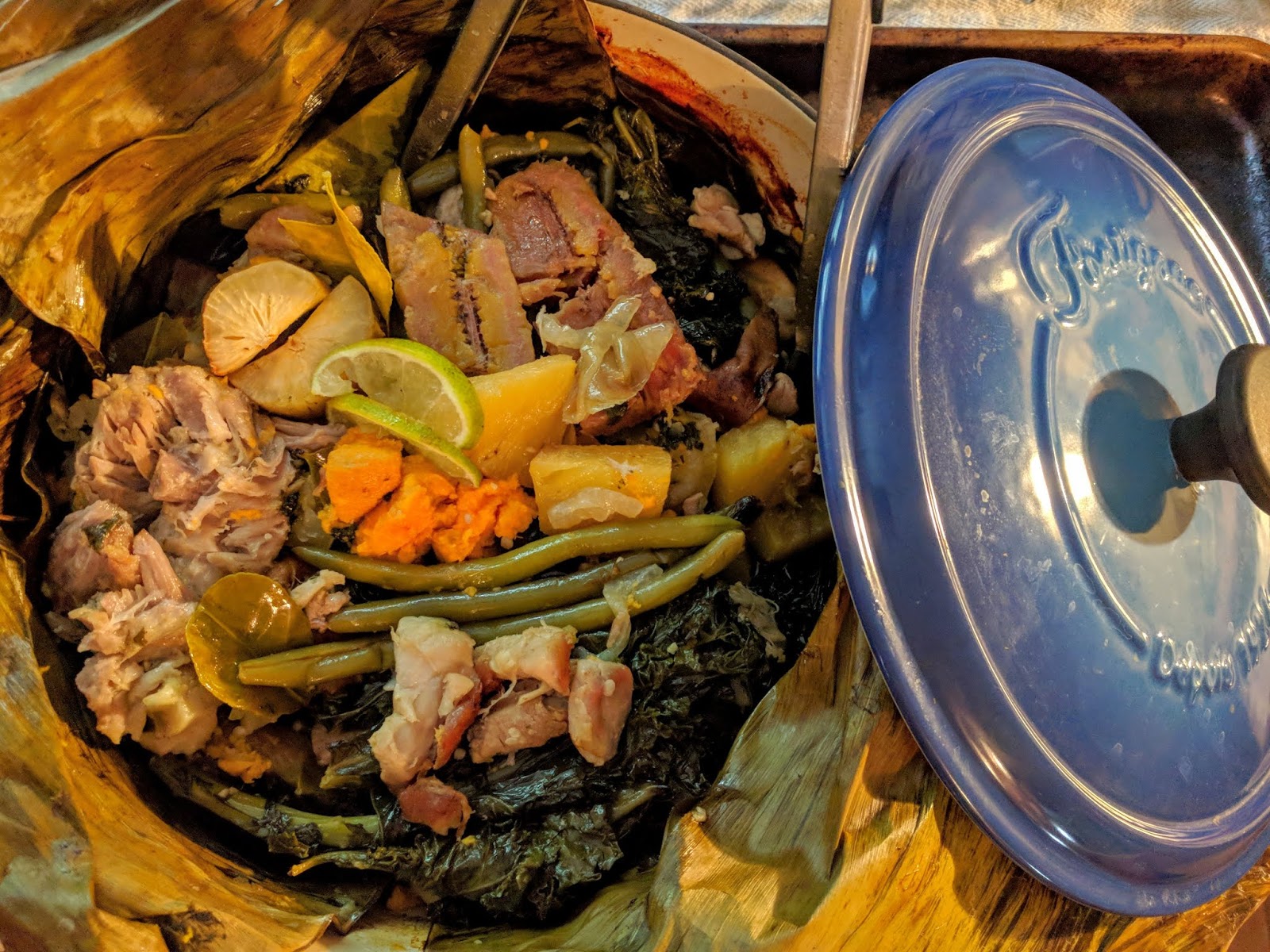
Mumu
Mumu is a traditional cooking method in Papua New Guinea.
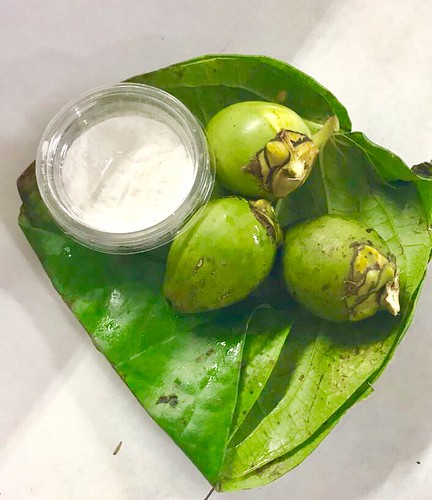
Betel Nut
It is chewed with other ingredients like mustard or lime powder and wrapped in betel leaves.
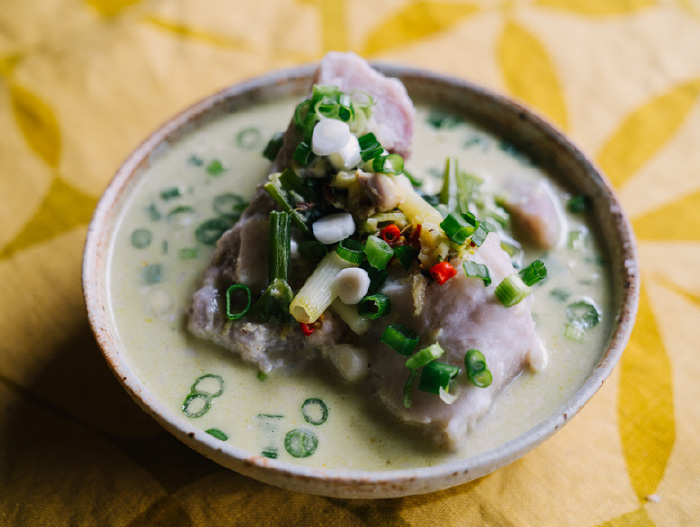
Tarō
Tarō, also known as dasheen or kaukau, is another root vegetable widely consumed in Papua New Guinea.
Here are some typical foods you may find in Papua New Guinea:
Sago: Sago is a starch extracted from the pith of the sago palm. It is an important food source in Papua New Guinea, particularly in coastal regions. Sago is used in various dishes, including puddings, bread, and pancakes.
Coconut: Coconut is widely available in Papua New Guinea and is used in many dishes. It is used in both sweet and savory preparations, including coconut milk-based curries, coconut rice, and coconut-based desserts.
Fish and Seafood: With its coastal location, Papua New Guinea offers a variety of fish and seafood dishes. Fresh fish, prawns, lobster, and crabs are commonly used in traditional recipes, often grilled, steamed, or cooked in coconut milk.
Pitpit: Pitpit is a traditional dish made from the shoots of the sago palm. The shoots are sliced and prepared as a salad or stir-fried with other ingredients.
Bilum Fruit: Bilum fruit, also known as bush tomatoes, are small green fruits with a tangy taste. They are often used in sauces and condiments to add flavor to dishes.
The country’s culinary landscape offers a wide range of flavors and dishes that vary across different regions and communities, reflecting the cultural diversity of the country.
Transportation 🚥
More information about this country
Choose your destination 📍🗺
Useful Links ✅



